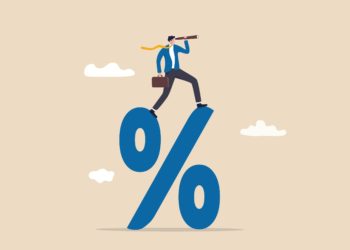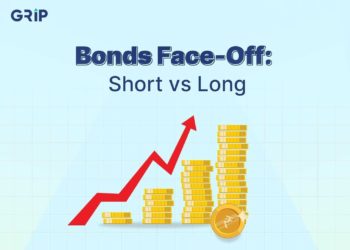Choosing where to save money is a critical decision. SACCOs (Savings and Credit Co-Operative Societies) and Money Market Funds (MMFs) stand out as two popular avenues, each with its own set of features and benefits. Understanding the nuances between these options is paramount for making informed investment decisions that align with your financial goals.
SACCOs are member-driven financial institutions that offer a range of financial services, including savings and credit facilities. These cooperative societies operate by pooling resources from members who share common interests or affiliations, such as employment, residence, or profession. SACCOs invest these pooled funds in various income-generating ventures, with returns distributed among members based on their contributions and shares. With 175 registered deposit-taking SACCOs in Kenya, these institutions are regulated by the Sacco Societies Regulatory Authority (SASRA).
Advantages of SACCOs
Members have a direct stake in SACCOs, participating in decision-making processes and governance, SACCOs often offer lower loan interest rates compared to commercial banks, making them attractive for borrowing, members receive dividends based on their shares, providing an additional source of income and SACCOs foster a sense of community among members, promoting solidarity and support. Disadvantages of SACCOs include: Withdrawals SACCOs may be subject to restrictions or waiting periods, impacting access to funds, SACCOs face risks related to mismanagement, economic downturns, or non-performing loans, which can affect member returns and some SACCOs have specific eligibility criteria, potentially limiting access for certain individuals or groups.
Money Market Funds (MMFs) are investment vehicles that pool funds from multiple investors to invest in short-term, low-risk securities. These funds focus on preserving capital while generating modest returns through investments in instruments like Treasury bills, commercial paper, and short-term government bonds. MMFs are professionally managed and regulated by the Capital Markets Authority in Kenya.
Advantages of MMFs
MMFs offer quick access to funds, making them suitable for short-term financial goals or emergency expenses, by investing in a variety of short-term instruments, MMFs spread risk and enhance portfolio stability, MMFs prioritize low-risk assets, providing a relatively stable investment option compared to equities or longer-term bonds and experienced fund managers handle MMF portfolios, ensuring prudent investment decisions and risk management. Disadvantages of MMFs include: While MMFs offer stability, they typically provide lower returns compared to riskier investments such as stocks or long-term bonds, MMFs are not entirely immune to market fluctuations, and changes in interest rates can impact returns although low risk and MMFs may charge management fees, which can erode overall returns over time.
Which One Should You Choose?
Assess your financial objectives, time horizon, and risk tolerance to determine the most suitable option. If you have short-term financial goals or need quick access to funds, MMFs offer liquidity and stability. For long-term wealth accumulation and access to credit facilities, SACCOs may be a better fit, especially if you value community engagement and ownership. Some investors opt for a combination of SACCOs and MMFs to diversify their savings and balance liquidity needs with long-term growth objectives.
Regularly review your investment strategy and adapt as needed to align with evolving financial goals and market conditions. Choosing between SACCOs and MMFs involves careful consideration of your financial needs, risk preferences, and investment objectives. While SACCOs offer ownership, community engagement, and access to credit, MMFs provide liquidity, stability, and professional management. By understanding the advantages and disadvantages of each option, investors can make informed decisions that optimize returns while mitigating risk, ultimately working towards their financial aspirations in Kenya’s vibrant economic landscape.


















